
As you stock up for an epic Thanksgiving feast, goodies with genetic alterations may not be at the top of your shopping list.
Instead, you may buy organic carrots, or a turkey certified by the Non-GMO Project, because you believe these items are inherently healthier or safer to eat.
All the same, pretty much everything on your plate has been genetically altered at some point, despite the labels.
“It’s up to us as parents or humans to seek out correct information,” Alison Van Eenennaam, a UC Davis professor who studies animal genomics and biotechnology, told BuzzFeed News. “And that’s why my kids are vaccinated, we drink pasteurized milk, and we happily eat GMOs.”
All kinds of techniques have been used over the centuries to tinker with the DNA of fruits, vegetables, and animals to make them prettier, tastier, easier to grow, and otherwise better in a cornucopia of ways. Some changes have been intentional, others accidental. Genetically modified organisms, or “GMOs,” foods likewise improved with genetic engineering, are just the latest chapter in this long history.
But no technique, including genetic engineering, makes a piece of food fundamentally unsafe and unhealthy (or safe and healthy), said Van Eenennaam. It depends on how it’s used.
“I’m having a big Thanksgiving meal and I’m having my best friends over and my kids and my husband and I’m feeding this food to them,” she said, adding that those risks are minimal at best. “I love them as much as you love yours. I would never expose my family to anything I thought was dangerous.”
Just as a reality check, here are some of the genetic backstories of your favorite Thanksgiving dishes.

1. Crossbreeding
Few of the plants or animals we eat today resemble their wild ancestors. That’s because over the centuries, farmers selectively bred certain plants or animals to produce offspring with traits like thicker meat or sweeter flavors or brighter colors. Virtually everything at the grocery store has gone through this process, Van Eenennaam says.
• Americans’ bottomless craving for white meat has led to the factory-farmed turkey industry. Over the last three decades, production in the US has doubled to almost 300 million birds, all bred to grow very large, very quickly.
Turkeys were first domesticated more than 1,500 years ago in Mexico. Unlike their sleek, agile, wild ancestors, commercially raised turkeys have trouble flying and running, and can’t reproduce naturally. Bon appétit.
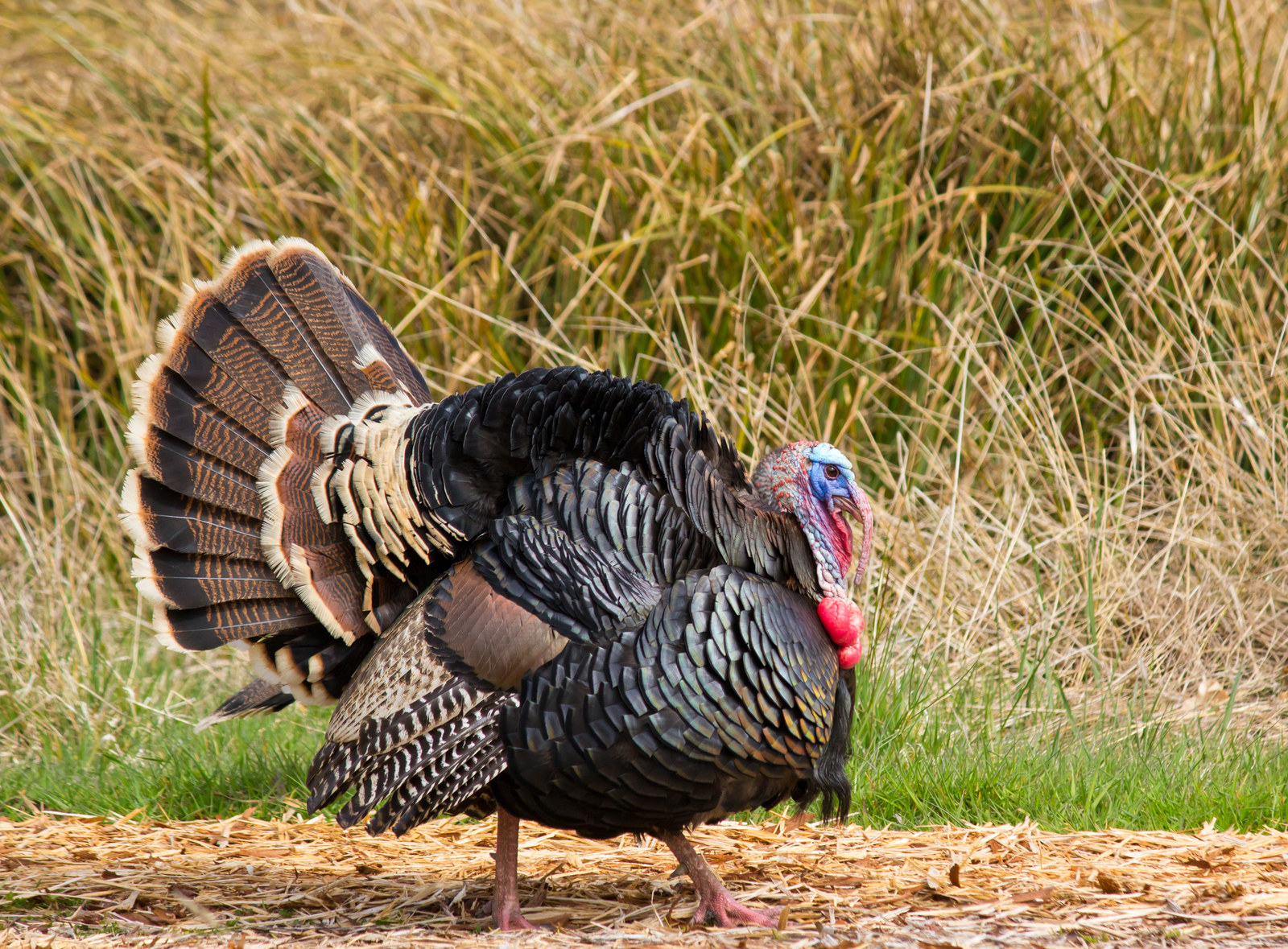
• Corn descended from a form of a grass called teosinte, which is native to Central America. Between 6,000 and 10,000 years ago, farmers there began domesticating what became maize by noticing that some plants were tastier and bigger than others. They saved those kernels, and replanted them in the next harvest. Our modern-day corn on the cob is much bigger, as a result, and has many more rows of kernels.
• Selective breeding is also a big reason why the Red Delicious apples in your pie are so red, sweet, and mushy. The onions in the stuffing have likewise changed a lot since farmers started cultivating them more than 5,000 years ago. The list goes on and on.
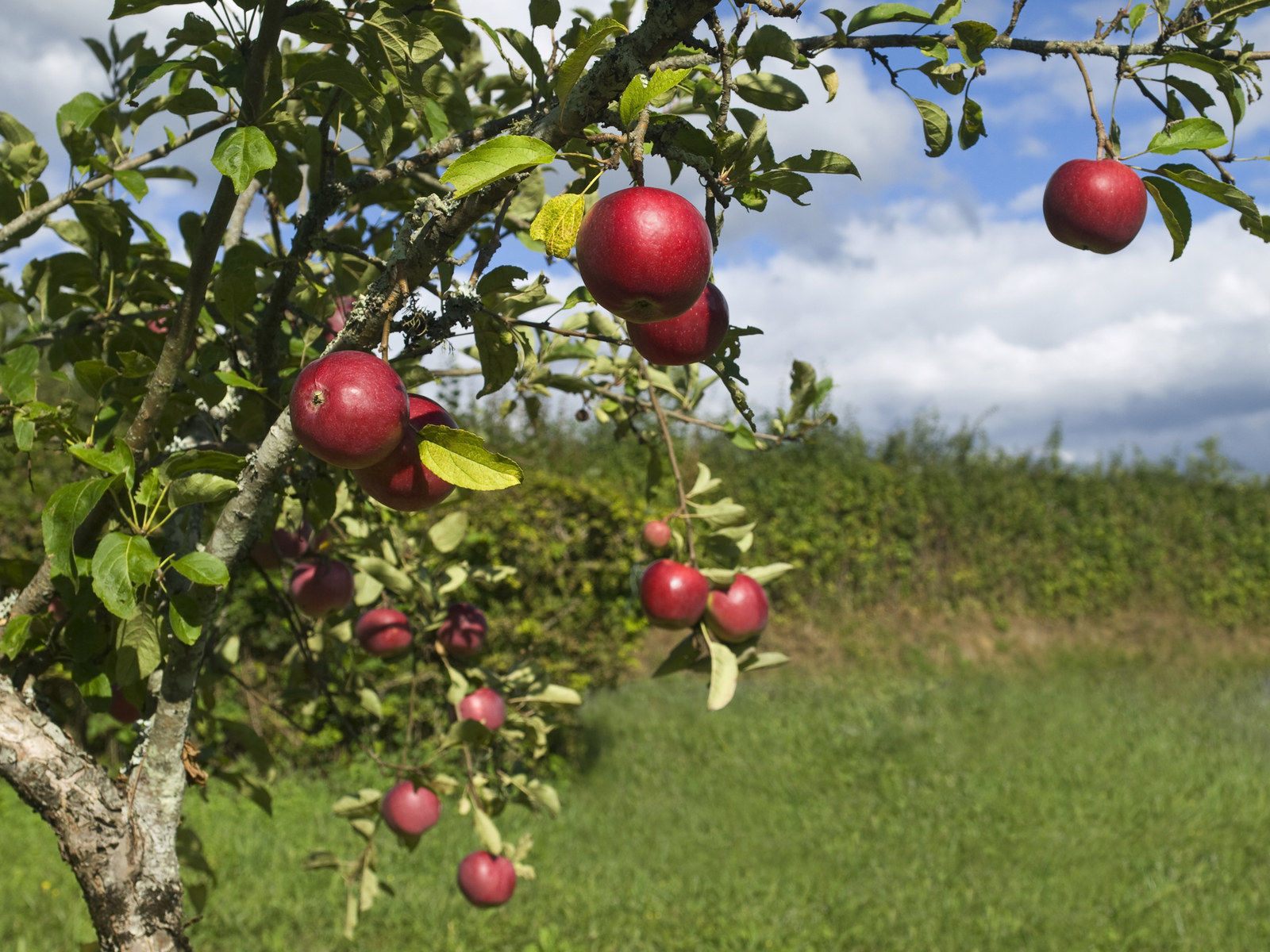
2. Mutation breeding
Mutation breeding consists of exposing seeds to chemicals or radiation, which randomly scrambles the genes inside them and, hopefully, yields desirable traits. Developed after World War II, the technique is unpredictable — but it’s also widely used. More than 3,000 crop varieties have been created this way, according to an international database.
• Mutant wheat is used for bread and pasta. For example, durum wheat loaded with extra protein makes spaghetti strands stronger and more elastic.
• Some popular varieties of grapefruits — the Star Ruby and Rio Red — are mutants created in a lab by Texas scientists who wanted the reddest grapefruits possible.
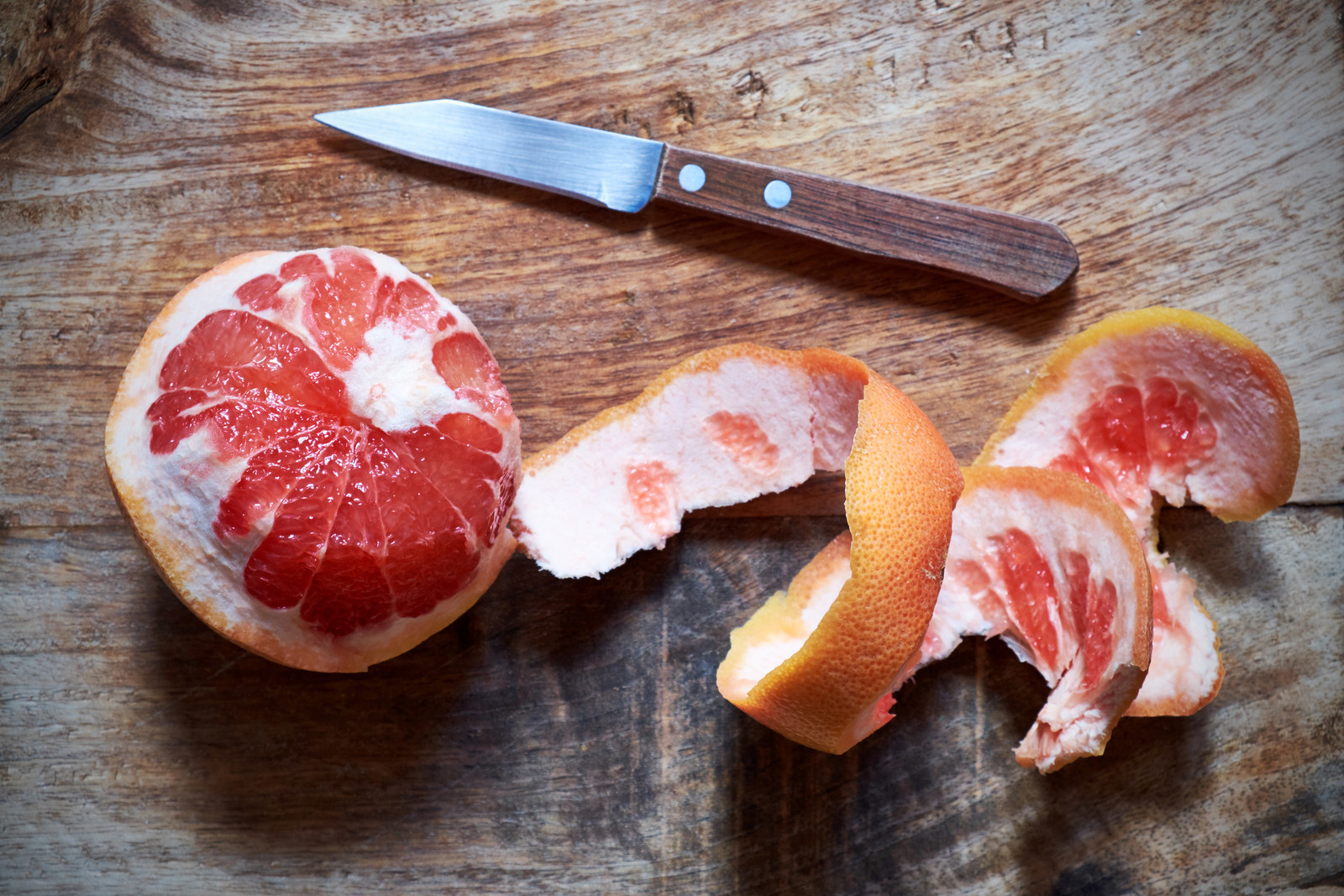
3. Gene engineering
This is the technology behind GMOs. Broadly, genetic engineering involves precisely transferring certain genes from either the same species or other species altogether to get a desired trait.
• More than 90% of the corn grown in the United States is genetically modified, but most of it ends up in ethanol, animal feed, or processed food rather than sold as corn on the cob. In 2011, however, Monsanto began growing sweet corn engineered with a protein that helps the crop fight off pests. It’s meant to be eaten directly and sold in grocery stores.
• There are small amounts of squash engineered to fend off viruses, available in a handful of varieties: yellow crookneck, straightneck, and zucchini.
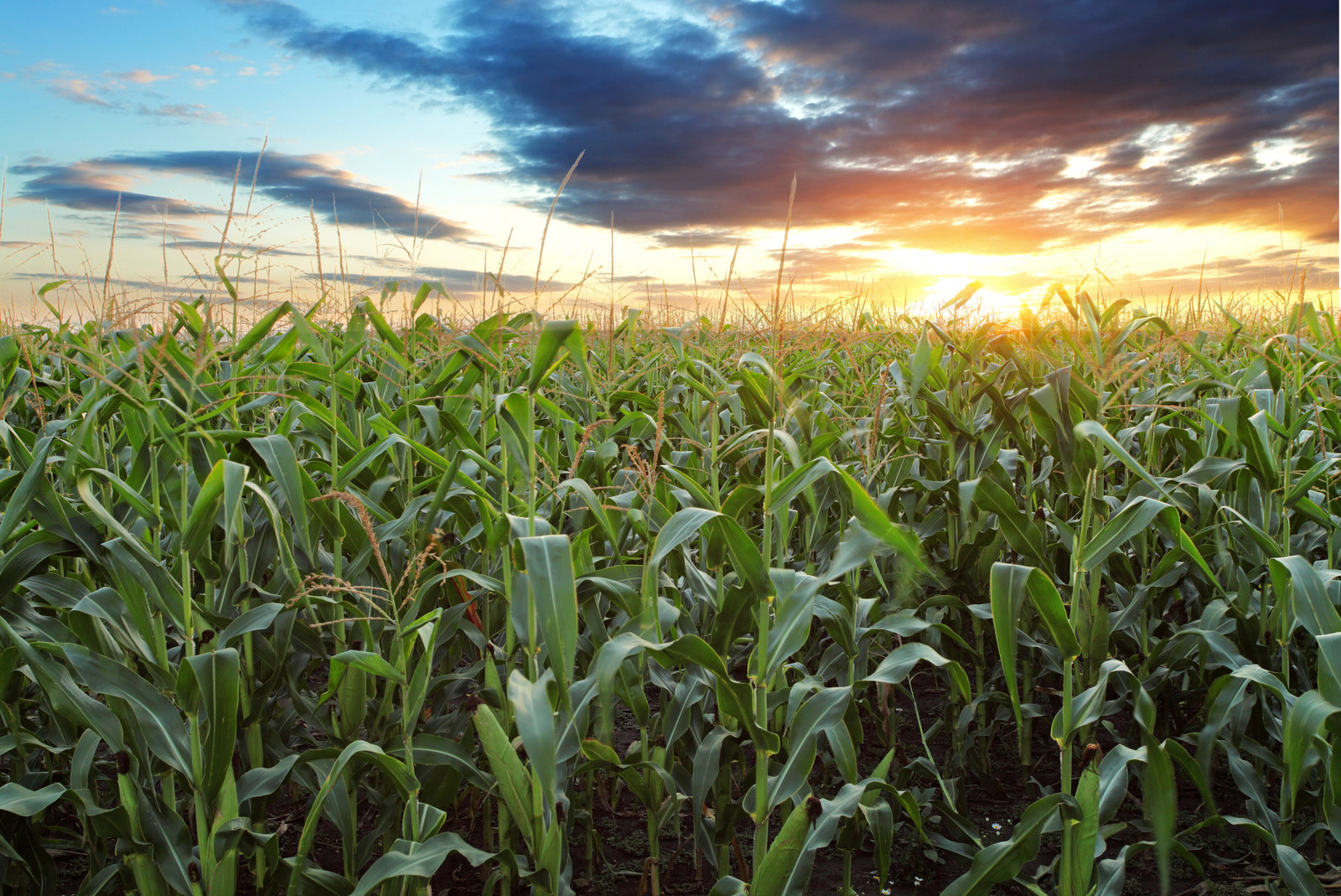
• Your mashed potatoes may be engineered to resist bruising, and to produce less of a potentially cancer-causing chemical when baked, fried, or roasted. The Innate potatoes were invented by the J.R. Simplot Company, and the first generation started hitting shelves more than a year ago. A spokesperson told the Associated Press in October that 40 million pounds had been sold in 35 states.
• Sometimes genetic engineering is a work of nature, not man, as in the case of sweet potatoes. Scientists reported last year that in nearly 300 sweet potato varieties grown all over the world, they’d found bacteria genes that may have made the vegetable more palatable. The DNA appears to have made its way into plant cells at least 8,000 years ago in a feat of natural genetic engineering.
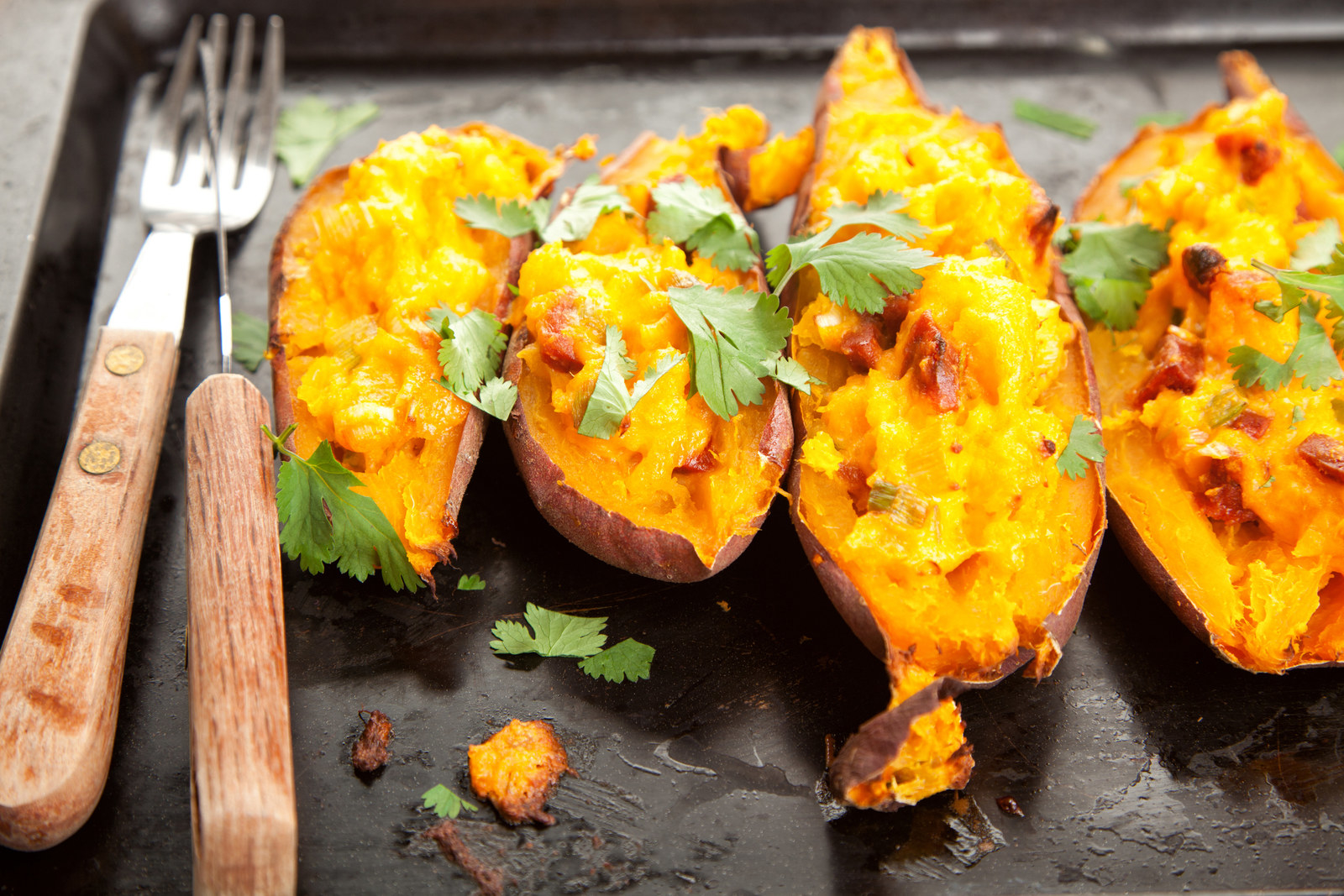
The FDA requires that food derived from genetically engineered plants meets the same food safety requirements as food from traditionally bred plants (which, as a reminder, can include crops produced through mutation breeding and crossbreeding).
The bottom line, according to Van Eenennaam: Don’t be afraid of cooking up a storm.
“What I would be more worried about is undercooking my turkey,” she said, “because then I could actually be exposed to salmonella — that actually could kill people.”
